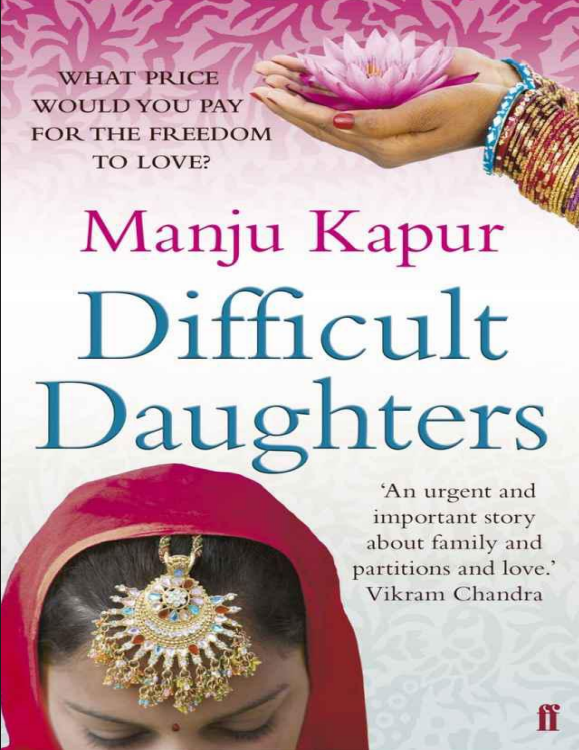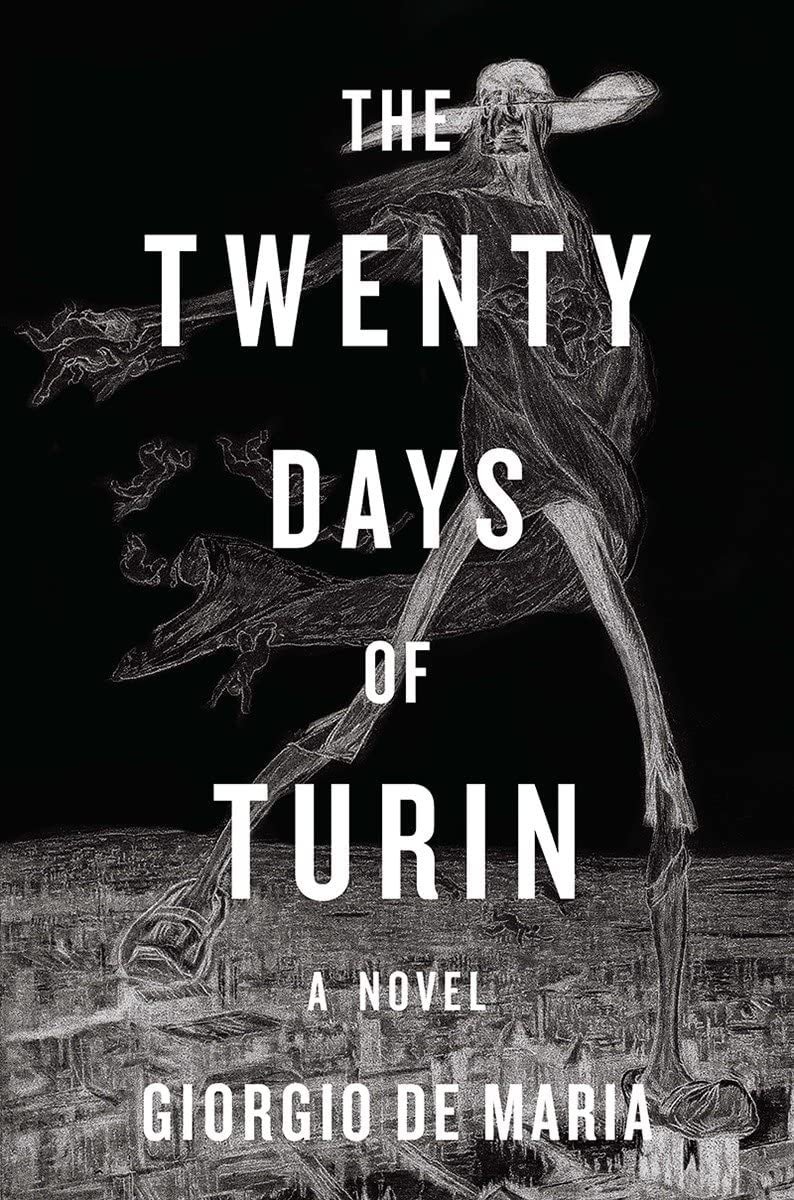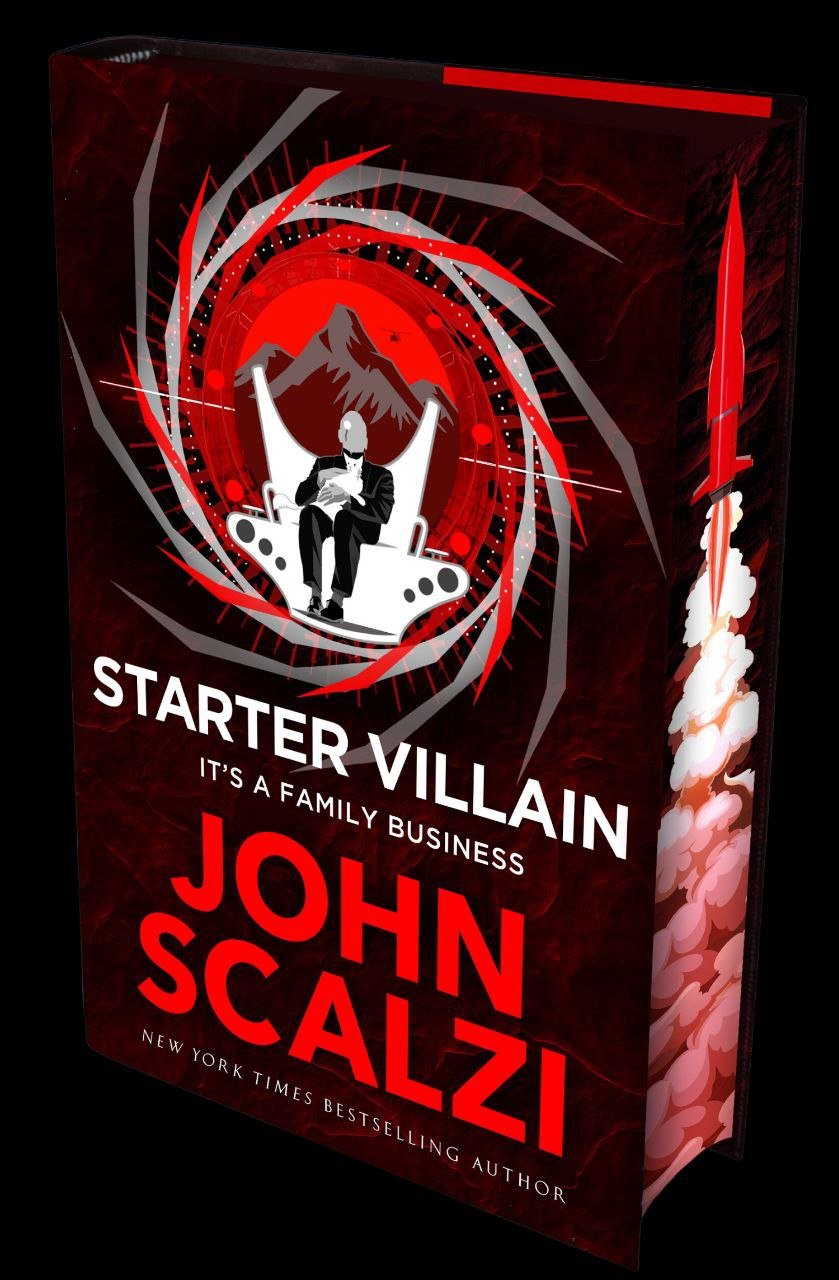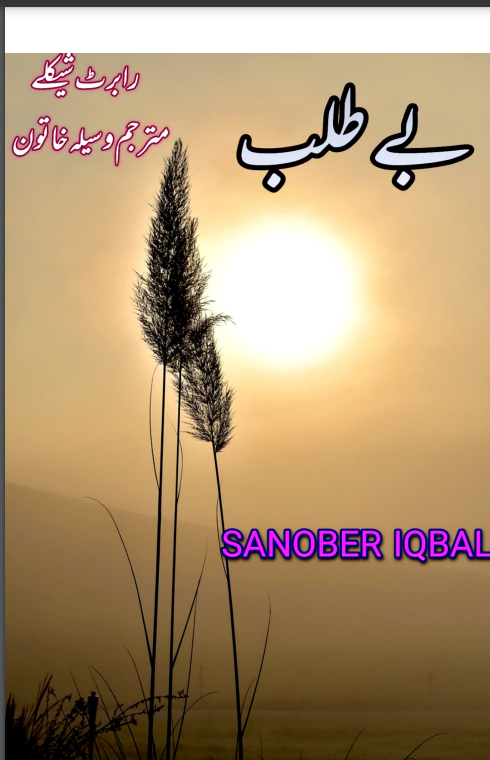
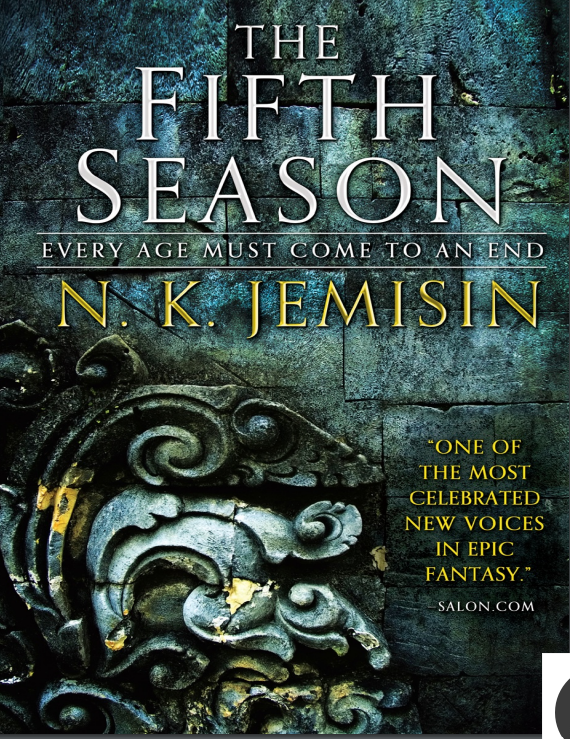
The Fifth Season by N K Jemisin
Reviews
No review yet. Be the first to review this book!
Description
The Fifth Season by N.K. Jemisin is the first book in The Broken Earth trilogy, a groundbreaking and multi-layered work of speculative fiction that blends elements of science fiction, fantasy, and apocalyptic storytelling. Set in a world that experiences constant seismic activity, The Fifth Season explores themes of survival, power, oppression, and the complexities of human relationships in the face of disaster. The novel is set in a world plagued by Seasons, catastrophic apocalyptic events that can last for years, devastating entire regions and reshaping the environment. These seismic disturbances are caused by the earth's violent shifts, which threaten the survival of the planet. The story is told through the eyes of several characters, with the central focus on Essun, a powerful orogene—someone with the ability to control and manipulate seismic forces. Orogeny, however, is feared and oppressed by society because of its dangerous potential. Orogenes are seen as a threat and are often hunted, controlled, or forced into servitude by the ruling class. They are forced to suppress their powers, lest they cause further destruction. Essun, who has lived through her own personal tragedies, must now navigate a world that fears her and her kind while dealing with the collapse of society in the wake of a Fifth Season—a new apocalyptic event that could destroy the planet. The story begins with Essun discovering that her husband has brutally murdered their young son and fled, leaving her daughter missing. Desperate to find her daughter and survive the chaos, Essun embarks on a journey that leads her deep into a dangerous and complex world. Along the way, she encounters other orogenes, including Damaya and Syenite, two young girls who are also learning about their powers and the harsh world they must navigate. The novel is structured with multiple timelines and perspectives, using a nonlinear narrative to weave together the past, present, and future. Through flashbacks, the book reveals the history of orogeny, the oppressive societal structures that control orogenes, and the ways in which the Fulcrum, an institution that trains orogenes, operates. In the present, Essun's quest to find her daughter is intertwined with her exploration of the larger world, which is facing the ultimate threat from the Fifth Season. The Fifth Season explores complex and thought-provoking themes, such as power dynamics, survival, family, and the moral consequences of oppression. It also delves into questions of identity and self-determination, as the orogenes must decide whether to accept their powers as a tool for survival or fight against the forces that seek to control them. Essun’s emotional journey is at the heart of the story, as she struggles with loss, grief, and the weight of her own abilities in a world that wants to destroy her. N.K. Jemisin’s world-building in The Fifth Season is intricate and immersive. The planet itself, with its geological and ecological features, plays an integral role in the plot and the characters’ experiences. The narrative is rich with symbolism, drawing on themes of earth, destruction, and renewal, mirroring the emotional and psychological arcs of the characters. One of the most remarkable aspects of The Fifth Season is Jemisin’s exploration of oppression and how marginalized groups struggle for autonomy and survival in a world that devalues them. The orogenes are a metaphor for real-world struggles against systemic inequality, and their oppression is depicted in ways that are both poignant and unsettling. The book’s pacing is deliberate, building tension and emotional depth as it gradually reveals the complexity of the world and the stakes involved. The Fifth Season sets the stage for the larger narrative of The Broken Earth trilogy, where the themes of power, survival, and identity will be explored even further in subsequent books. Ultimately, The Fifth Season is a captivating, thought-provoking, and emotionally charged book that pushes the boundaries of speculative fiction. With its rich world-building, complex characters, and profound social commentary, it lays a powerful foundation for the rest of the trilogy. N.K. Jemisin’s writing is masterful, blending science fiction with philosophical exploration in a way that is both gripping and deeply impactful. The novel challenges readers to consider the ways in which societies construct power, identity, and history—and the costs of those constructions.































.jpeg)

.jpg)





.jpeg)

.png)
.jpeg)







.jpeg)


.jpg)




.jpg)











.jpg)






.jpg)



.jpg)

.jpg)





.jpeg)

.jpg)













